We had the wonderful opportunity to interview Erin Prock – a member of the marketing team at Water.org. “Water.og empowers families with access to safe water and sanitation through affordable financing.” Erin shared what it’s like to be apart of Water.org’s mission and allows us to gain a better understanding of the lack of access to clean water that hundreds of millions of people face each and every day. But there is hope! Erin also shares how we can work together to fight this problem.
Erin, thank you so much for doing this interview! What led to you working with Water.org?
I’ve worked in communications in the nonprofit sector for most of my career and was excited to join the marketing team at Water.org. There came a moment in my life where I began to recognize the important role that water plays and how easy it is to turn on a faucet in my house and have safe water. Water is a basic and life-saving necessity and there are millions of people around the world who do not have access to it. I’m grateful to be part of this meaningful work to help reach people in need with access to safe water.
On the Water.org site it states that 785 million people — 1 in 9 — lack access to safe water at home. And 2 billion — 1 in 3 people — don’t have access to a toilet. What are some of the most significant challenges to get this number to 0. Is it a crisis that can be solved? What will it take?
One of the most significant challenges is funding. To ensure universal access to safe water and sanitation, a radical increase in global financing is required, three times the current investment. At Water.org, we’re working to bridge this financing gap and deliver safe and affordable access to water and sanitation for people living in poverty. To date, we’ve reached more than 38 million people and our impact continues to increase as more people are empowered with affordable financing to solve their own water crisis. So yes, we believe it’s solvable!
What are some of the biggest misconceptions about access to clean water?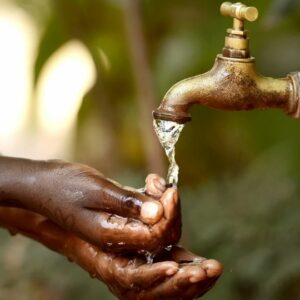
I imagine that many of the people reading this have access to safe water nearby and may not realize there are 785 million people living without it. Especially this last year, COVID-19 put a spotlight on the importance of safe water and sanitation. One of the first things we were all told to do to protect ourselves from this pandemic was to wash our hands and stay home if we could. Having access to safe water at home directly helps families in need prepare and protect themselves from this pandemic.
Is there one particular story that really stuck with you?
As a member of the communications team, I have the opportunity to see many of the impactful stories from across the 11 countries where we work. One that I really connect with is about a woman named Rehana. Her family lives in a small village in India, and while her husband worked and her children went to school, Rehana used to walk up to six hours a day to get water. She retrieved the water from a water pump managed by the government, which was running some days, and shut off others. On the days it 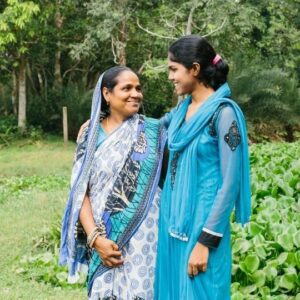 was unavailable, Rehana purchased water from a vendor. In either case, Rehana paid high prices for water in time and money.
was unavailable, Rehana purchased water from a vendor. In either case, Rehana paid high prices for water in time and money.
Through Water.org’s partnership with her local bank, Rehana took out a small loan to construct a water connection on her property. Today her family continues to enjoy access to water at home. Rehana and her children can now get water a few feet from their door, rather than miles from home.
I admire both Rehana’s persistence to get water for her family no matter the cost, and her determination to find a solution that would end her family’s water crisis for good. Her story is representative of so many other women around the world because when women are empowered with safe water at home, they can change their world.
I love this statement from your website, “People living in poverty are not a problem to be solved. They are a market to be served.” It struck me as an empowering statement that can be applied to many situations – a significant mind-shift that can spark creativity and solutions. Can you elaborate on what this practically looks like and how it can create win-wins?
We believe in putting the power of water directly into the hands of people who need it. This empowers them to take control of their situation and break down the financial barrier between them and safe water at home for their family. And the solutions last because the people we serve have a personal investment in it and can solve their water crisis in a way that works best for them.
Through years of experience, we’ve found that many people living in poverty are already paying a high 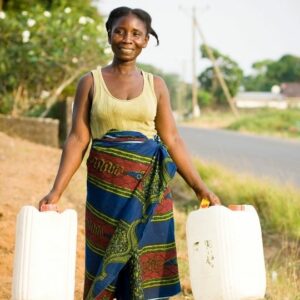 price for water from water vendors or in time collecting it from unsafe natural sources. Both options cost families time, money, opportunities, and health. This means they aren’t able to pay for the cost of a more permanent solution all at once, keeping them in a cycle of poverty.
price for water from water vendors or in time collecting it from unsafe natural sources. Both options cost families time, money, opportunities, and health. This means they aren’t able to pay for the cost of a more permanent solution all at once, keeping them in a cycle of poverty.
We found that if given a choice and an opportunity to pay for water and sanitation improvements over a reasonable period of time, millions of people living in poverty would finance long-term solutions versus struggle day-to-day to find that next liter of water.
More specifically what that looks like – Water.org’s solution empowers people in need with access to money to install a water tap or toilet in their home. We do that by partnering with carefully selected financial institutions in the countries where we work to help them add loans for water and sanitation solutions to their portfolios. These partners then attract capital to provide affordable loans to people in need in their communities. Families can take out a small loan and use those funds to put a tap or toilet in their homes and they use local resources to do the work.
To date, we have empowered more than 38 million people with access to safe water or sanitation at home. And there are millions more prepared to fund their own solutions if given the opportunity.
Can you describe how Gary White and Matt Damon use their unique gifts and passions to facilitate this critical/urgent movement?
Prior to Water.org, Matt as a celebrity philanthropist and Gary as a master engineer had each founded an organization and were independently working to help people in need get access to safe water. When they teamed up to create Water.org in 2009, they had one thing in mind: finding smart ways to solve for the root causes of the global water and sanitation crisis. They combined their water and sanitation expertise and star-power to help change lives and establish Water.org as a leader in the water and sanitation sector.
“You cannot solve poverty without solving water and sanitation.” Can you expand on this statement from your Water.org experience?
We believe water is the way to break the cycle of poverty because nothing else matters until you find water. When people have access to safe water and sanitation at home, it gives them time to go to school, to care for family, to earn an income – because they are no longer spending time collecting water or finding a safe place to go.
What are the best ways to get involved with Water.org?
The best way you can quickly, and substantially, help empower people around the world with access to water is by donating to Water.org With our approach, it costs $5 to help reach one person with lasting access to safe water or sanitation. Your donation of $5 means a child can now spend time in school instead of collecting water. A mom can give her children the safe water they need to survive. And families can wash their hands to stay healthy.
Tell us about the important role of women in providing access to clean water and sanitation for their homes and communities. 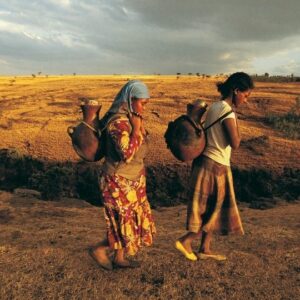
Women are disproportionately affected by the water crisis, as they are often responsible for collecting water. Around the world, women and girls spend 200 million hours every day collecting water and 266 million hours each day finding a safe place to go to the bathroom.
We know that empowering women is critical to solving the water crisis and our solution is a powerful way to do that. 88% of people taking out loans for water and sanitation are women. When women have access to safe water at home, they can turn poverty into possibility – they have time to learn, they can earn income, and they can spend time with their families.
What is on the horizon at Water.org?
 We aim to reach 60 million people with access to safe water and sanitation by 2025. To get there, we will expand our partnerships beyond microfinance institutions to work with utilities, governments, and other enterprises to unlock more funding for water and sanitation. We’ve proven that access to affordable financing works to solve the global water crisis and we want to equip more people with the knowledge and resources to take up this solution too.
We aim to reach 60 million people with access to safe water and sanitation by 2025. To get there, we will expand our partnerships beyond microfinance institutions to work with utilities, governments, and other enterprises to unlock more funding for water and sanitation. We’ve proven that access to affordable financing works to solve the global water crisis and we want to equip more people with the knowledge and resources to take up this solution too.

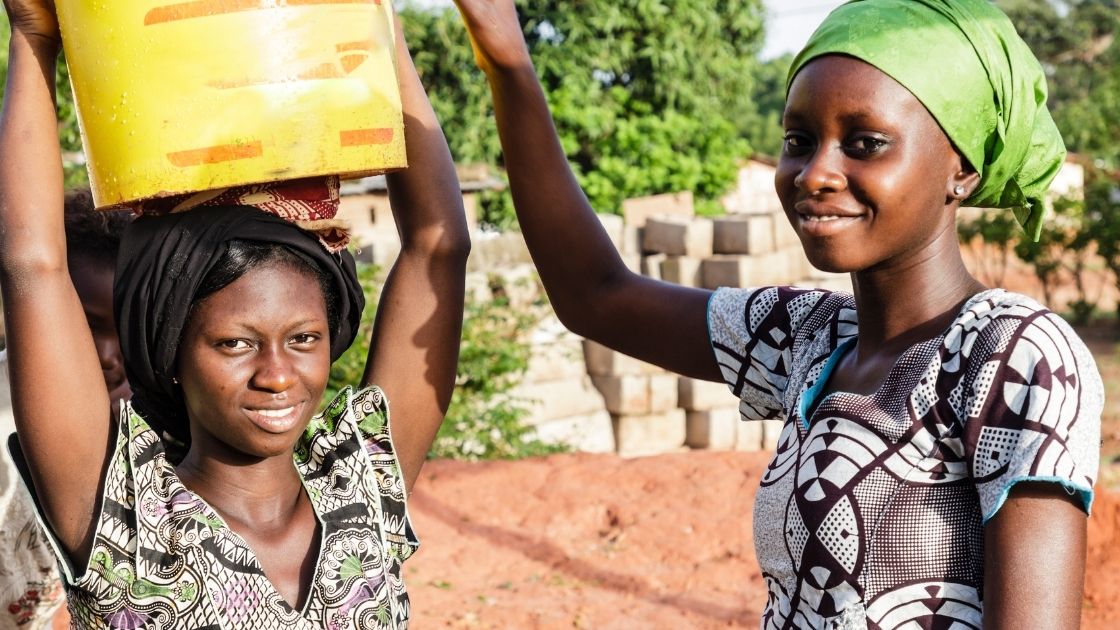
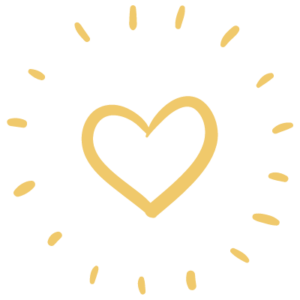
Get involved!
Comments